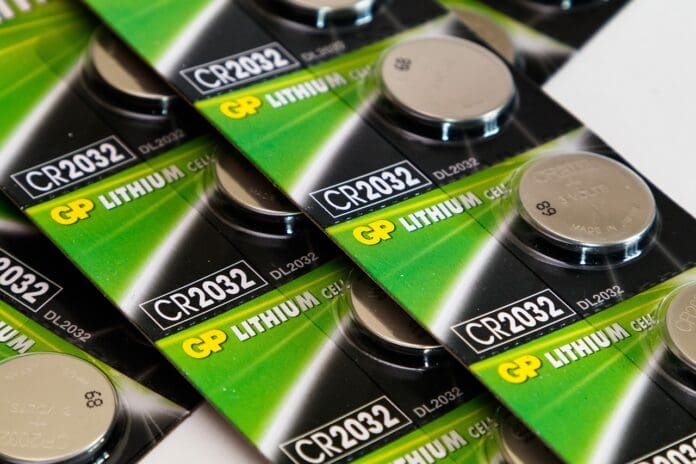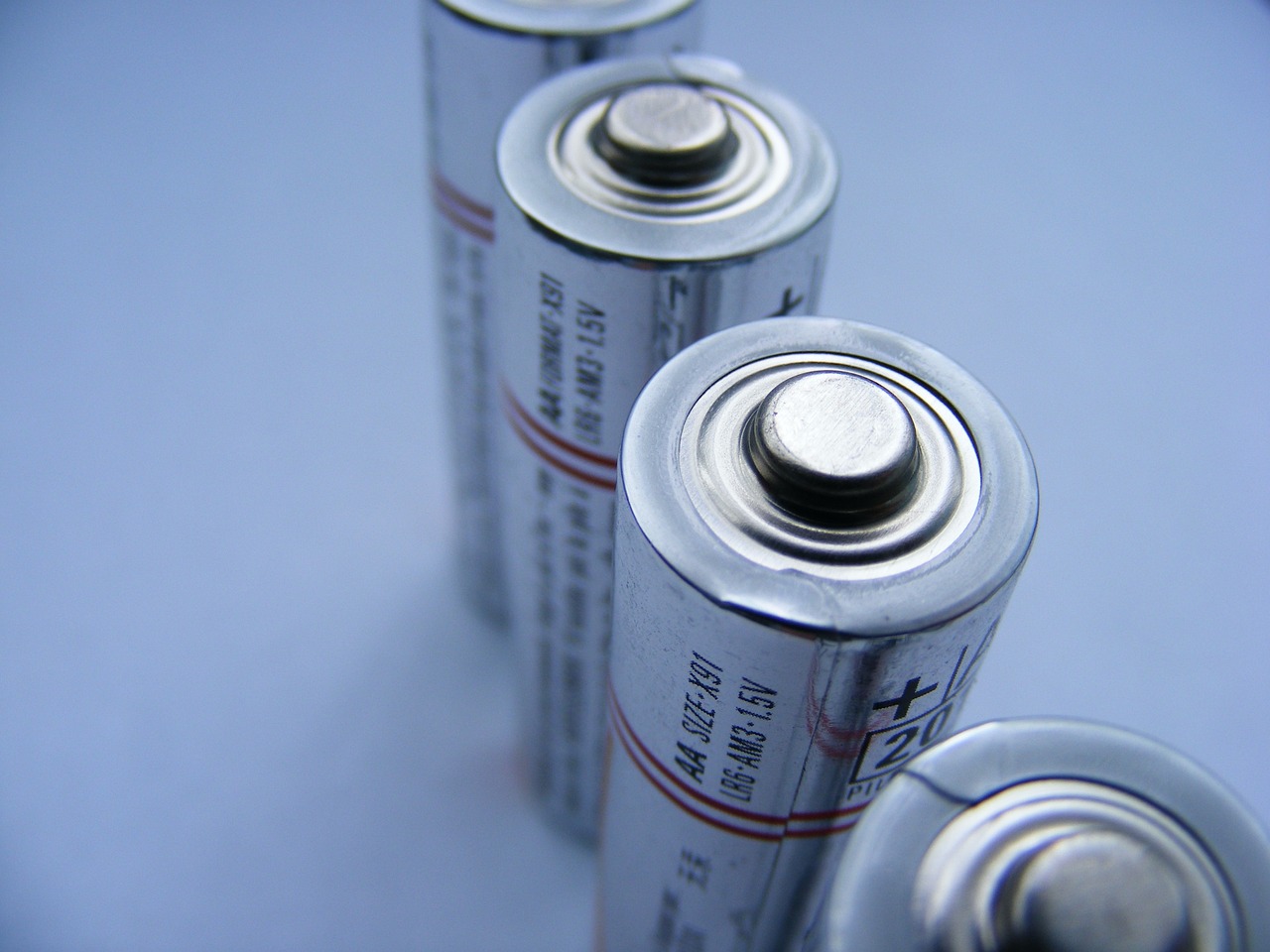This post is also available in:
 עברית (Hebrew)
עברית (Hebrew)
Lithium-sulfur (Li-S) batteries have emerged as a promising alternative to conventional lithium-ion technology, offering significant advantages such as higher energy densities and the use of abundant raw materials like sulfur. Prototype Li-S cells are already achieving impressive specific energy densities that are nearly double that of current lithium-ion batteries.
Despite these advantages, lithium-sulfur batteries face a key challenge: they are more susceptible to degradation during use. The formation of dissolved polysulfides and sulfur phases on the lithium electrode during charging and discharging can gradually degrade performance and shorten the battery’s lifespan. To address these issues, researchers at the Helmholtz-Zentrum Berlin (HZB) are conducting groundbreaking research aimed at understanding and improving these degradation processes.
According to TechXplore, the HZB team is focusing on lithium-sulfur pouch cells, a format widely used in the industry. With the establishment of a specialized laboratory, HZB scientists are working on developing and testing a variety of lithium-sulfur pouch cells. The recent findings, published in Advanced Energy Materials, highlight key observations made during the operation of these cells.
Using various advanced techniques, the research team has observed both the formation of lithium dendrites and the behavior of sulfur crystallites during battery operation. A key breakthrough came from the use of phase-contrast radiography with synchrotron light, which allowed the team to monitor the formation of lithium dendrites and sulfur crystals in unprecedented detail.
One promising outcome from the study is a new design for the cathode current collector, developed by the Fraunhofer Institute for Material and Beam Technology (IWS) in Dresden. The perforated design of this lighter collector did not impair cell performance, marking a step forward in optimizing battery efficiency.
This research connects fundamental science and practical applications, bringing lithium-sulfur batteries closer to meeting the energy storage needs for both mobile and stationary systems.


























